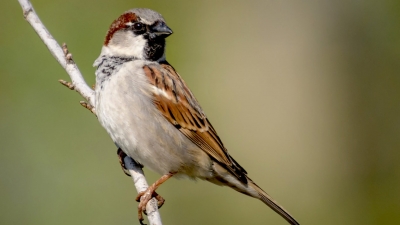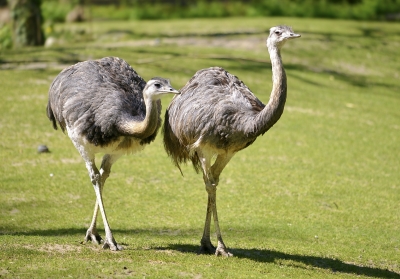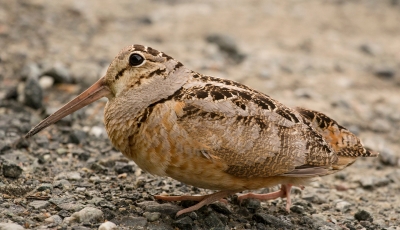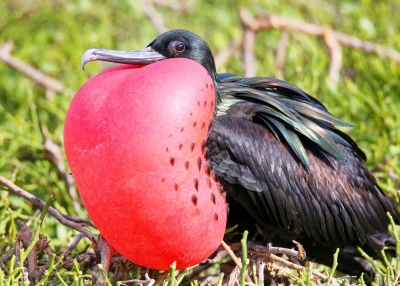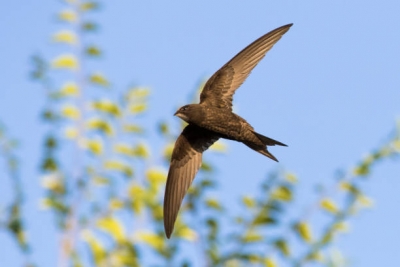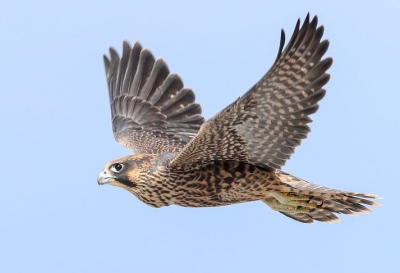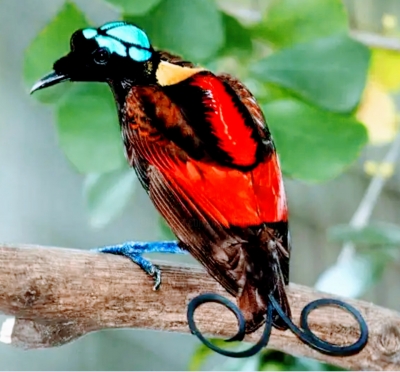HOW CAN WE TAKE CARE OF ANIMALS AND BIRDS IN SUMMER?
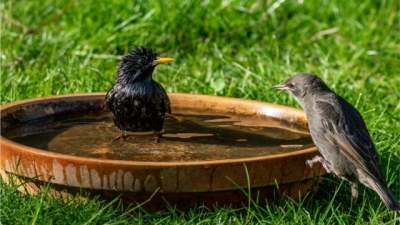
During summer months, not just us, even wildlife struggles with soaring temperatures and lack of water. With just a little thought, we can make their lives easier.
Birdbaths
All the regular places that normally provide birds with water are likely to have dried up, leaving them looking for newer options. While the search can be physically exhausting in itself. not finding water can add to an animal or bird's stress, and can even be fatal.
The amount of drinking water to be made available to birds is not much. Birds also enjoy bathing, and it helps them keep their bodies cool. Both their drinking and bathing needs can be met through birdbaths. When buying birdbaths, do make sure they are wide and shallow; deeper ones can lead to accidental drowning, especially among smaller birds. It is important to keep the birdbaths filled and cleaned regularly Birdbaths may provide water and moments of fun to even smaller creatures such as squirrels.
Food
As mercury shoots up, it may become difficult for animals to go looking for food. While grains and seeds can be put out on plates for birds and squirrels, milk, boiled eggs and rice can be made available for stray dogs and cats. Bowls of water too can be kept outside the houses for stray animals. Sweets, fried snacks, junk food, etc. are not suitable for stray animals, and may even trigger allergic reactions in them.
Watering plants
Plants and trees are home to an innumerable variety of insects, reptiles, and amphibians. Keeping plants watered will help these creatures survive too. In fact, it is said that during summer, earthworms may bury themselves so deep into the soil that birds may not find enough to feed on. So when insects grow well in well-watered plants, they become healthy meals for birds and other creatures. In addition, keeping flowering plants healthy will help butterflies feed on nectar. This helps in pollination, and butterfly caterpillars become food for birds.
Watch out!
It is said that encounters with snakes near residences may increase during months since these reptiles are actively seeking out shaded places to tackle high temperatures. While it may not be possible for us to provide them shelter, it is very important to be aware of our surroundings - they may find shelter in shrubs, among tall grasses, small covered spaces such as a motor box, etc. Irrespective of whether they are venomous or not, it is important to ensure they are not harmed. One can seek the help of wildlife rescuers so the creatures are captured carefully and let off into the wild safely.
Caring for pets
• Take them out for a walk when the sun is down.
• Play with them indoors.
• Ensure there's plenty of cool water available for them.
• Never leave them in a car, even for a few minutes.
• Make sure they get a lot of rest in a well-shaded place.
• If there are signs of heat stress, give them medical help immediately.
Picture Credit : Google
